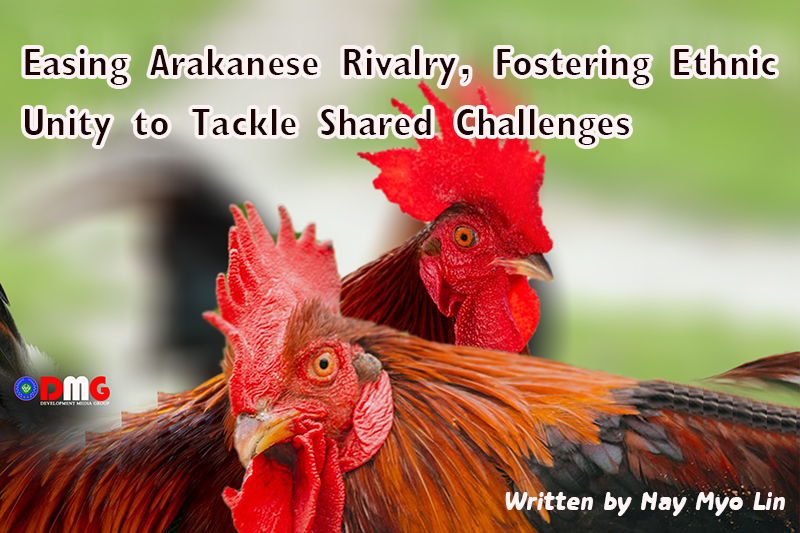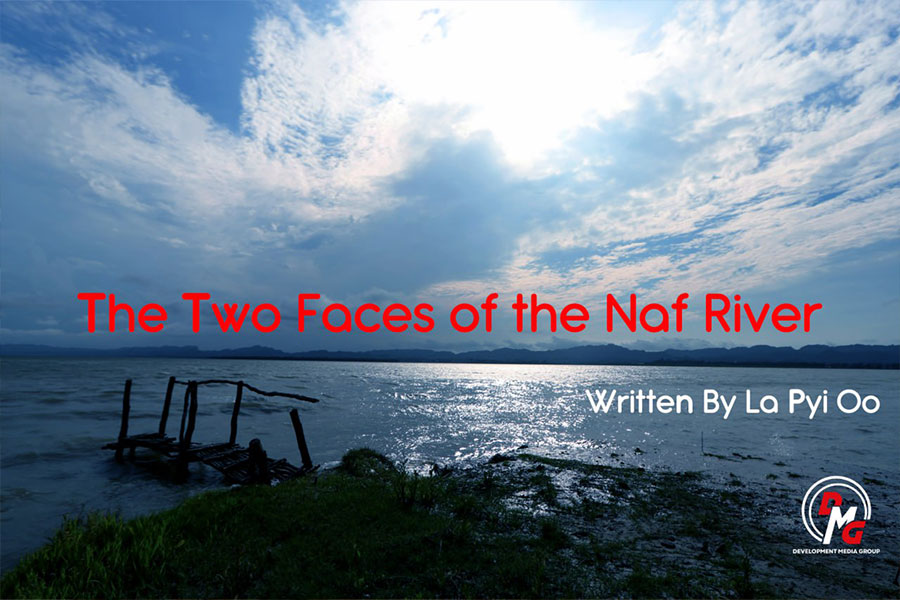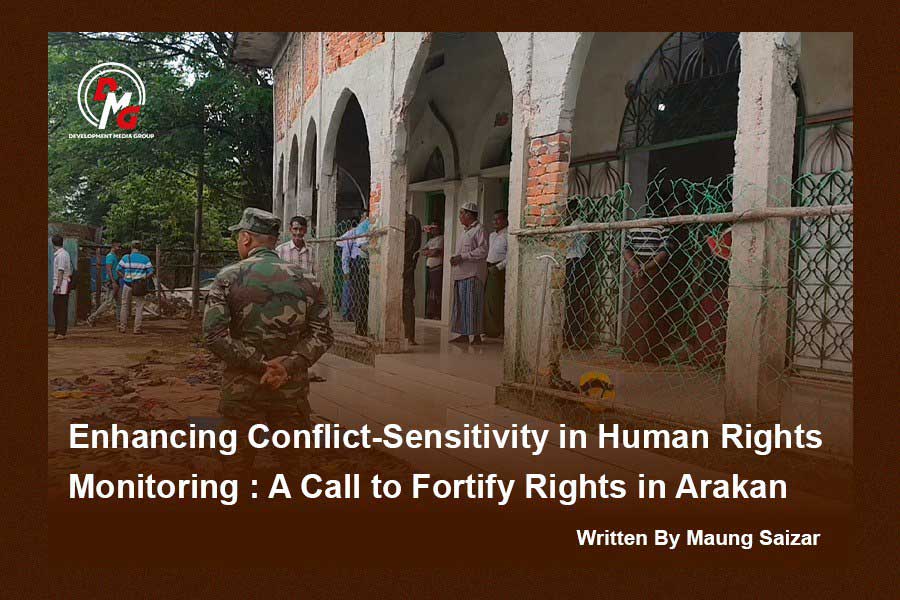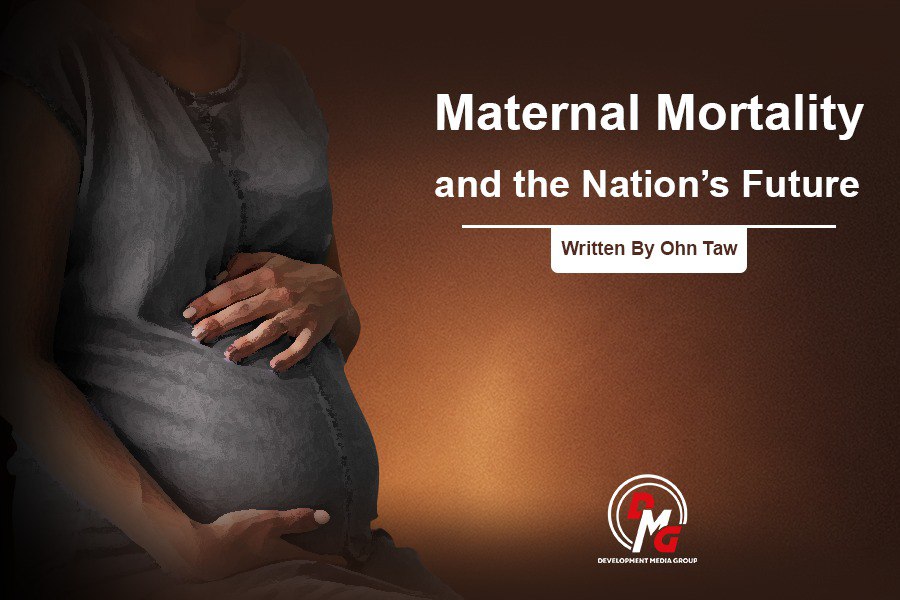- Fighting escalates between Myanmar military, Arakan Army in Ayeyarwady Region
- Regime steps up civilian arrests in Sittwe
- ULA safeguards Mrauk-U's ancient heritage
- Arakan on the Edge: What the DMG Landmine Impact Report Reveals About Myanmar's Deepening Humanitarian Crisis
- RNP chair U Ba Shein pledges renovation of Manaung Airport, solar plant
Easing Arakanese Rivalry, Fostering Ethnic Unity to Tackle Shared Challenges
When the Arakanese Kingdom collapsed due to the invasion of the Bamar, Arakanese revolutionaries like Taung Min Kyaw Htwe fought back against mainland rule. When Myanmar fell under British colonial rule, Prince Shwe Bann, Daewun Aung Kyaw Shue, chieftain Aung Kyaw Zan, Buddhist monk Sayadaw U Seinda and others fought back against colonial rule.
03 Oct 2022

Written By Nay Myo Linn
The future that Arakanese people have long envisaged is no longer a fantasy, and rather is getting closer and closer to becoming a reality. Across centuries, Arakanese people have lost their rights to self-determination and self-rule, but efforts to restore them are starting to pay off.
It is the nationalist Arakanese people that are shaping the future of Arakan State. They share the same ultimate goal: to ensure that Arakanese people can control their own fate. Revolutionary efforts, through successive periods since the collapse of the Arakanese Kingdom in 1784, have begun to bear some fruit.
The Arakanese people’s struggle for liberation has a long history. The struggle has stalled from time to time, but has undeniably come a long way. The patriotism of Arakanese people flows vigorously, like a raging river.
When the Arakanese Kingdom collapsed due to the invasion of the Bamar, Arakanese revolutionaries like Taung Min Kyaw Htwe fought back against mainland rule. When Myanmar fell under British colonial rule, Prince Shwe Bann, Daewun Aung Kyaw Shue, chieftain Aung Kyaw Zan, Buddhist monk Sayadaw U Seinda and others fought back against colonial rule.
Some Arakanese leaders took Bamar leader General Aung San’s word for it when he promised equality for then Burma’s non-Bamar ethnic people. But Gen. Aung San was assassinated on the eve of independence in 1947, and after Myanmar gained its independence, Bamar leaders failed to honour his words. Bamar-dominated dictatorial rule has persisted in the decades since.
Secretary U San Kyaw Tun of the Arakan Independence Organization (AIO), U Kyaw Zan Shue from the Arakan Communist Party, Major General Khaing Rarzar from the Arakan Army, chairman Khaing Moe Lin of the Arakan Liberation Party and many more are recorded in history as prominent revolutionary leaders who have fought for the freedom of Arakan over the years.
Today, there are three Arakanese revolutionary groups that claim to represent the aspirations and interests of Arakan State and its people. The Arakan Liberation Party/Arakan Liberation Army (ALP/ALA) is the oldest of them, with a long history. The two others are the Arakan National Council/Arakan Army (ANC/AA), and the United League of Arakan/Arakan Army (ULA/AA). The ALP has signed the Nationwide Ceasefire Agreement, while the other two groups have not.
Until August, there had been no large-scale clashes between the Myanmar military and local revolutionary groups since late 2020, but meanwhile a rift has apparently deepened between two revolutionary groups — the ALP, established in 1967, and the AA, established in 2009 and led by Major-General Twan Mrat Naing. Local Arakanese people are suffering from the consequences of confrontation between the two sides.
There have been long-standing feuds between the two organisations. Regardless of what is at the root of those disputes, it is sad news for the Arakanese people. Both sides have detained the others’ personnel in recent months, and further back than that.
This discord does not advance the goals of Arakan nationalism.
Every organisation has its own audience and each audience will be different. If there is conflict between the two organisations, it is also a concern that differences will develop among their supporters too, imperilling the path to Arakan national unity. Both sides should use the methods of negotiation and solve their problems in an open and transparent manner.
There is no need to look far to see what can happen if rivalries and disagreements are not handled civilly. The Shan State Progressive Party/Shan State Army (SSPP/SSA) and Restoration Council of Shan State/Shan State Army (RCSS/SSA) — which both claim to represent the interests of the Shan people — have clashed occassionally over the years, displacing thousands of civilians in Shan State.
It needs to be emphasised that conflicts between organisations representing Myanmar’s ethnic groups rarely benefit either group, or the people they claim to represent.
The Arakanese people need to take note of the fact that the Arakan Kingdom, which had a centuries-long history, fell at the hands of the Burmese due to disunity. Burmese King Bodawpaya took advantage of a time when there was confusion and disunity in the Mrauk-U court, and conquered the Arakan Kingdom.
Arakanese revolutionary Taungmingyi Kyaw Htwee and other dukes and princes tried to push back the invading forces of the Burmese King Bodawpaya, but due to mutual distrust and suspicion, their efforts fell short.
In summary, armed groups may find it easiest to shoot; resorting to guns as a means of conflict resolution is a deeply ingrained aspect of these organisations’ whole reason for existing. However, it is important for these organisations to talk about their differences and avoid acting in ways that will harm ethnic unity. In order to achieve a golden and bright Arakan future, it is necessary to march together, because a house divided against itself cannot stand.




















